28.10.2023
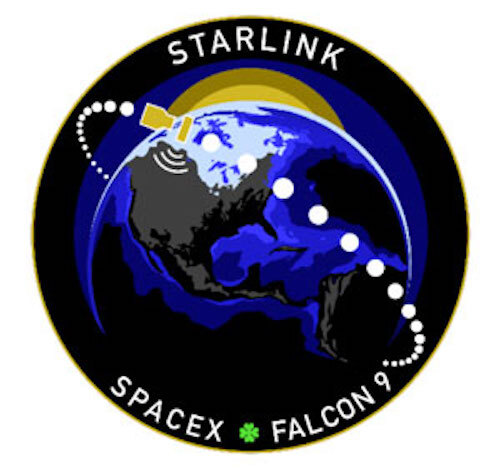
Though SpaceX has yet to confirm the mission's existence, navigational warnings indicate a rocket launch window will open Saturday night:
- Rocket: SpaceX Falcon 9
- Location: Launch Complex 40 at Cape Canaveral Space Force Station.
- Launch Window: 7:13 p.m. to 11:44 p.m. EDT.
- Trajectory: Southeast.
- Weather: TBD.
- Landing: Drone ship.
- Live coverage: Starts 90 minutes before liftoff at floridatoday.com/space.
- About: A SpaceX Falcon 9 rocket will launch the company's latest batch of Starlink internet satellites from Cape Canaveral Space Force Station in Florida.
Quelle: Florida Today
----
Update: 29.10.2023
.
SpaceX Falcon 9 rocket launches 22 Starlink satellites from California
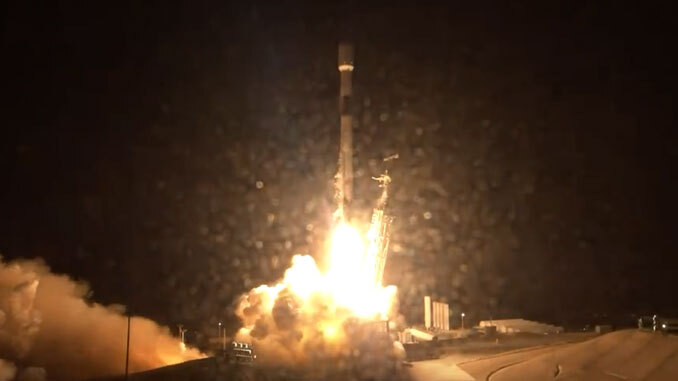
The first of two Falcon 9 missions SpaceX is planning for Sunday carried into orbit the largest batch of second-generation Starlink satellites to be launched from the West Coast. It was the 50th Starlink launch of the year.
The Falcon 9 lifted off from Space Launch Complex 4 East (SLC-4E) at Vandenberg Space Force Base in California at 2 a.m. PDT (5 a.m. EDT / 0900 UTC) with 22 satellites aboard.
The California launch will be followed on Sunday by another Starlink delivery mission carrying 23 satellites, which will launch from pad 40 at Cape Canaveral Space Force Station at 7:45 p.m. EDT (2345 UTC).
The Starlink 7-6 mission was the first time a Falcon 9 has carried 22 of the so-called V2 Mini satellites from the West Coast. Previously, missions from there had been limited to 15 or 21 Starlinks, depending on the orbit. On the East Coast, a Falcon 9 launched 23 V2 Minis a week ago on Oct. 21, one more than the previous maximum load for a mission from the Cape.
SpaceX has not explained how it is achieving this extra delivery capacity. It’s possibly due an improvement in the rated performance of the Falcon 9 or perhaps a manufacturing change that has reduced the satellites’ total weight.
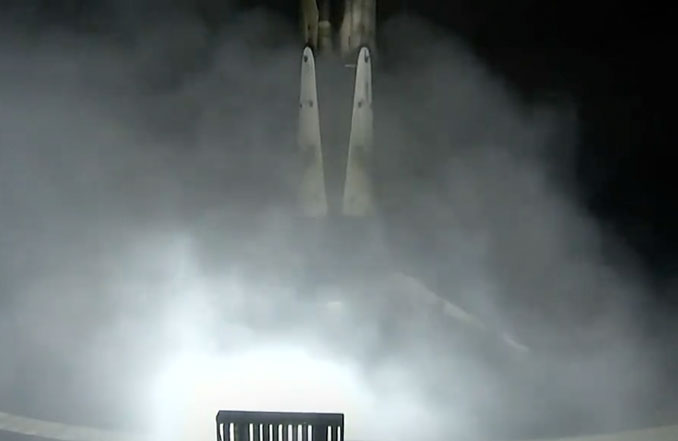
The Falcon 9 first-stage booster, tail number B1075, was making its seventh flight. It entered service in January of this year carrying 51 older generation Starlinks into orbit. It went on to launch the Tranche 0 Flight 1 mission for the U.S. military’s Space Development Agency and then made four more Starlink delivery flights. It last flew prior to today’s launch on Sept. 25, making for a 34-day turnaround.
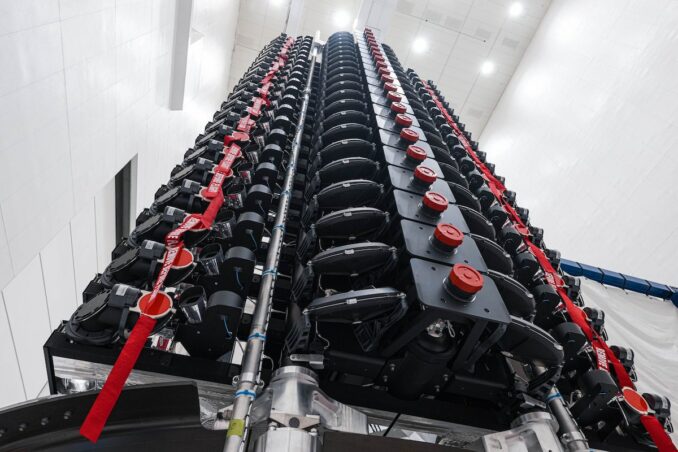
After separating from the Falcon 9 second stage, B1075 continued downrange for a landing on the droneship Of Course I Just Love You, which was stationed in the Pacific off shore of Baja California.
The 22 Starlink satellites will be released from the second-stage just over an hour into flight. A successful deployment will bring the total number of Starlink satellites in orbit to 4,989, according to statistics compiled by Jonathan McDowell.
SpaceX has accomplished 25 orbital missions from Vandenberg in the last 365 days, an average of one launch every 14.6 days. Including launches from Cape Canaveral, it was the 89th orbital mission for SpaceX in the last 365 days, a launch every 4.1 days on average.
Quelle: SN
----
Update: 30.10.2023
.
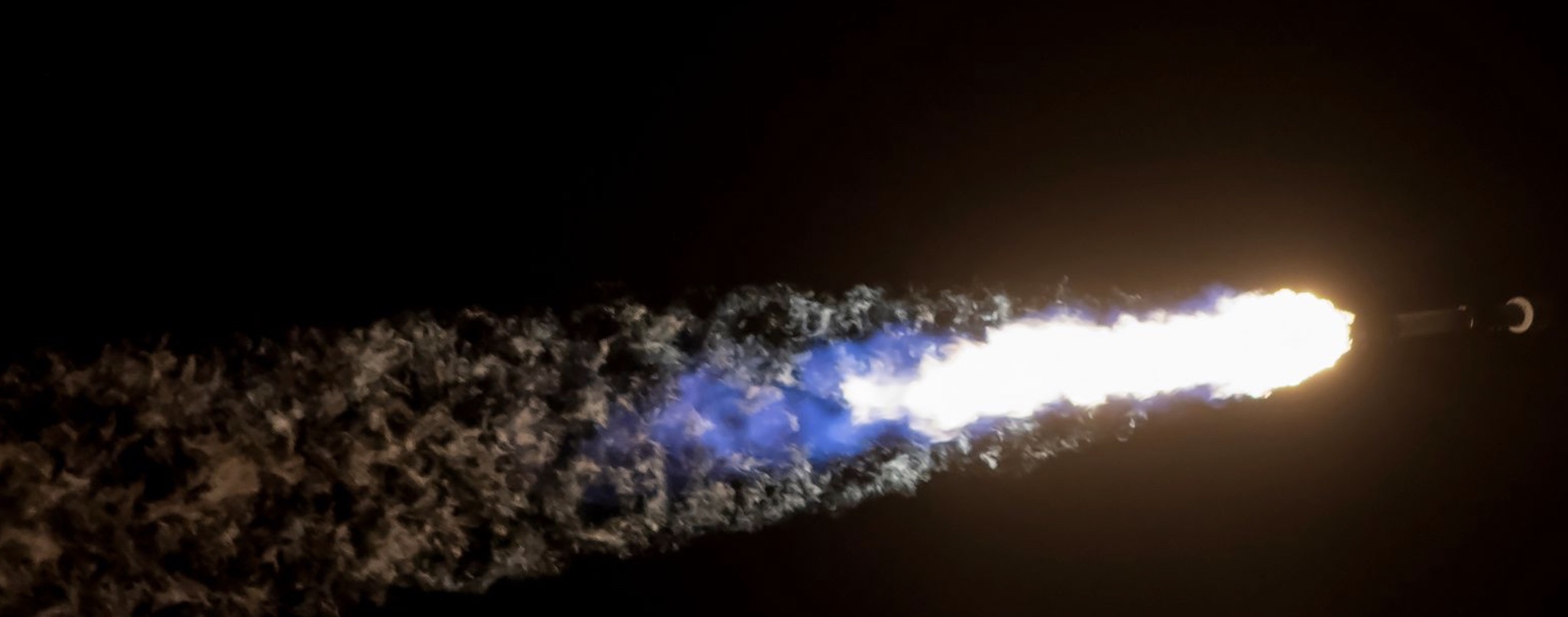
On Monday, October 30 at 7:20 p.m. ET, Falcon 9 launched 23 Starlink satellites to low-Earth orbit from Space Launch Complex 40 (SLC-40) at Cape Canaveral Space Force Station in Florida.
This was the eighth flight for the first stage booster supporting this mission, which previously launched Crew-5, GPS III Space Vehicle 06, Inmarsat I6-F2, CRS-28, Intelsat G-37, and now three Starlink missions.
Quelle: SpaceX

